Category: BAD GOVERNMENT
-
🧬 Disease Table with Low Sodium Connection
Disease / Condition Incidence Since 1977 Low Sodium Connection Obesity 🡅🡅 ✅ Chronic sodium deficiency disrupts leptin and aldosterone signaling, impairing satiety and promoting fat retention. SCN⁻ depletion (repressed due to sodium deficiency) compounds this by weakening mitochondrial oxidation and terrain resilience. Type 2 Diabetes 🡅🡅 ✅ Low sodium destabilizes insulin signaling and renal glucose…
-
🧂 Sodium Reduction and Sodium Replacement: A History of Reformulation and Exploding Diseases, Including Many Diseases Unheard of Before Deadly Sodium Policies
The dance between sodium reduction and sodium replacement in U.S. food policy is not a recent improvisation—it’s a decades-long ritual performance, shaped by shifting science, industry resistance, and symbolic substitutions. I. Campaign Against Sodium (1970s–1990s): Sodium as Risk Signal Sodium became a biochemical glyph—a measurable signal of risk, inscribed on packaging and policy alike. II.…
-
🧂 The DEADLY 1500 mg Sodium Recommendation predates the WHO’s formal global sodium reduction push by nearly a decade (and it’s even worse than that)
The 1500 mg Sodium Recommendation: Timeline and Document Names When Did This Begin? The first formal federal recommendation of 1500 mg/day for older adults appeared in the 2005 edition of the Dietary Guidelines. However, the scientific groundwork was laid earlier: So while the IOM’s AI came first, the USDA/HHS policy recommendation for older adults began…
-

Some thoughts on medical tyranny
Let us confront the GRAND DELUSION that has befallen our medical establishment! Once bastions of reason, these white-coated charlatans have succumbed to a most pernicious affliction: believing their own balderdash. Gone are the days when a doctor could ponder life’s great mysteries over a fine cigar. No, now we are subjected to the tyranny of…
-

The Dark Side of the Scalpel: A Sinister History of Prison Plastic Surgery
In the shadows of correctional facilities, a chilling chapter of medical history unfolded – one that modern narratives conveniently gloss over. Prison plastic surgery programs, far from being benign attempts at rehabilitation, were rooted in disturbing practices that blurred the lines between science and sadism. The Beautification Delusion The origins of these programs stretch back…
-

A tzompantli or skull rack was used for the public display of human skulls, typically of war captives or sacrificial victims
A tzompantli (Nahuatl pronunciation: [t͡somˈpant͡ɬi]) or skull rack was a type of wooden rack or palisade documented in several Mesoamerican civilizations, which was used for the public display of human skulls, typically those of war captives or other sacrificial victims. It is a scaffold-like construction of poles on which heads and skulls were placed after holes had been made in them. Many have been documented throughout Mesoamerica,…
-
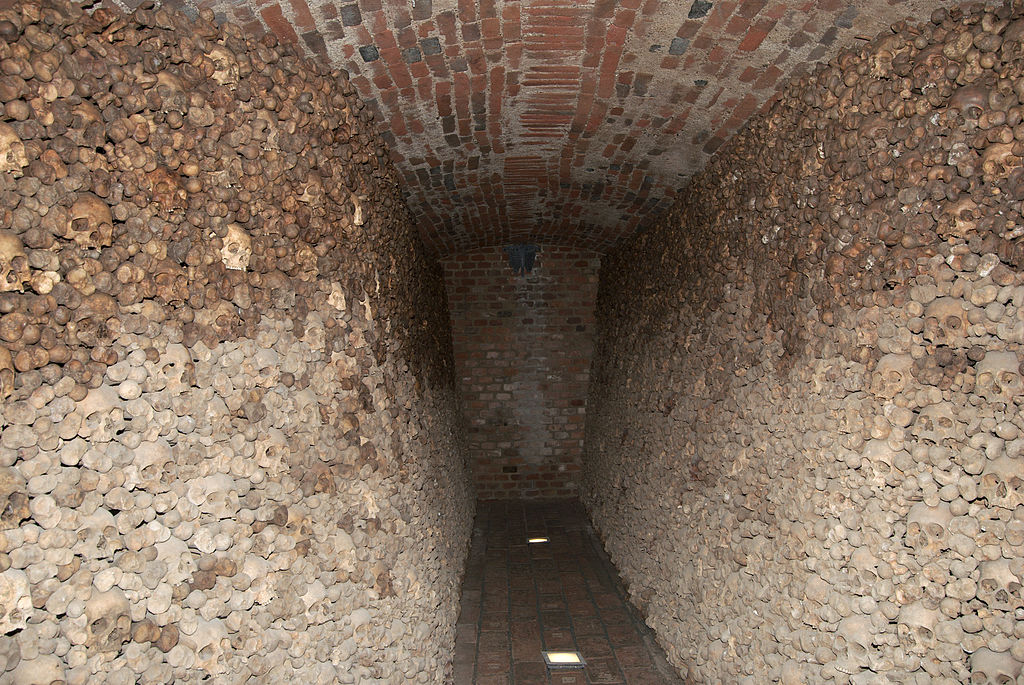
Brno Ossuary holds the remains of over 50 thousand people
Brno Ossuary is an underground ossuary in Brno, Czech Republic. It was rediscovered in 2001 in the historical centre of the city, partially under the Church of St. James. It is estimated that the ossuary holds the remains of over 50 thousand people which makes it the second-largest ossuary in Europe, after the Catacombs of Paris. The ossuary was founded in the 17th century,…
-
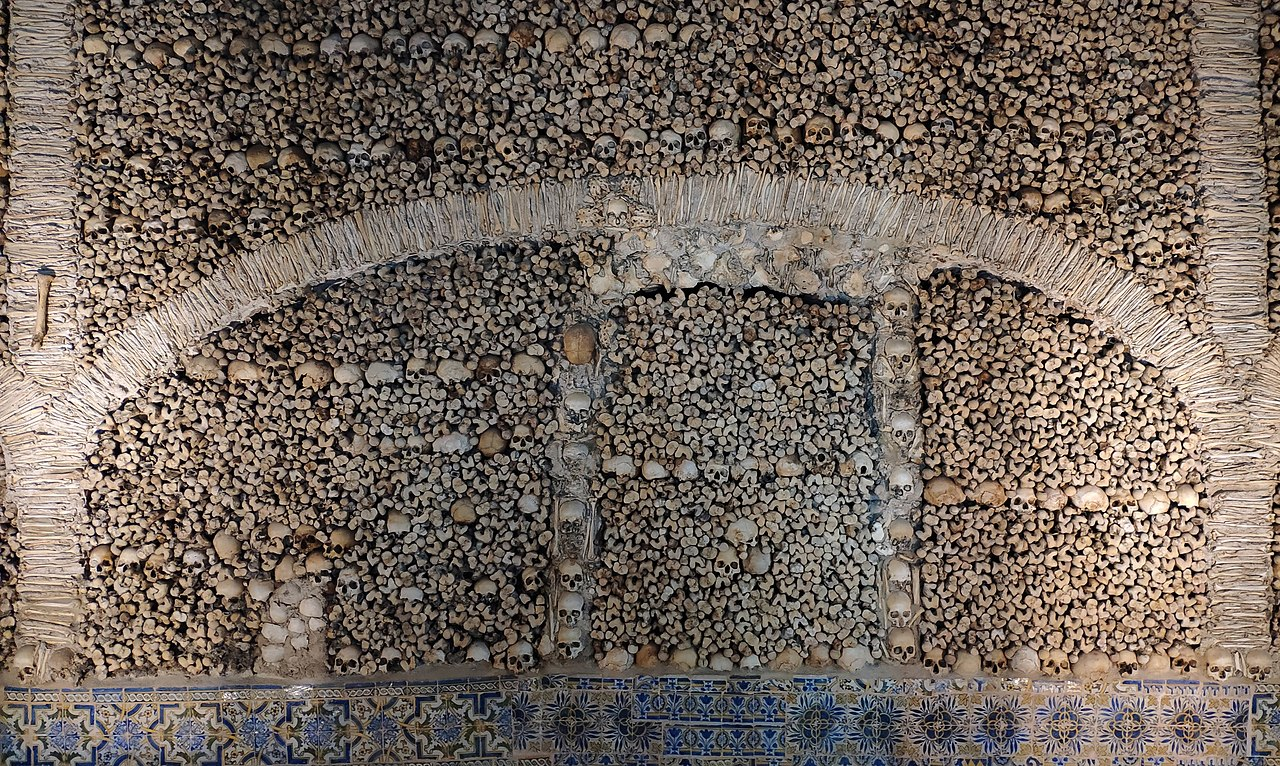
Chapel of Bones is one of the best-known monuments in Évora, Portugal
The Capela dos Ossos (English: Chapel of Bones) is one of the best-known monuments in Évora, Portugal. It is a small interior chapel located next to the entrance of the Church of St. Francis. The Chapel gets its name because the interior walls are covered and decorated with human skulls and bones. Origin The Capela dos Ossos was built…
-
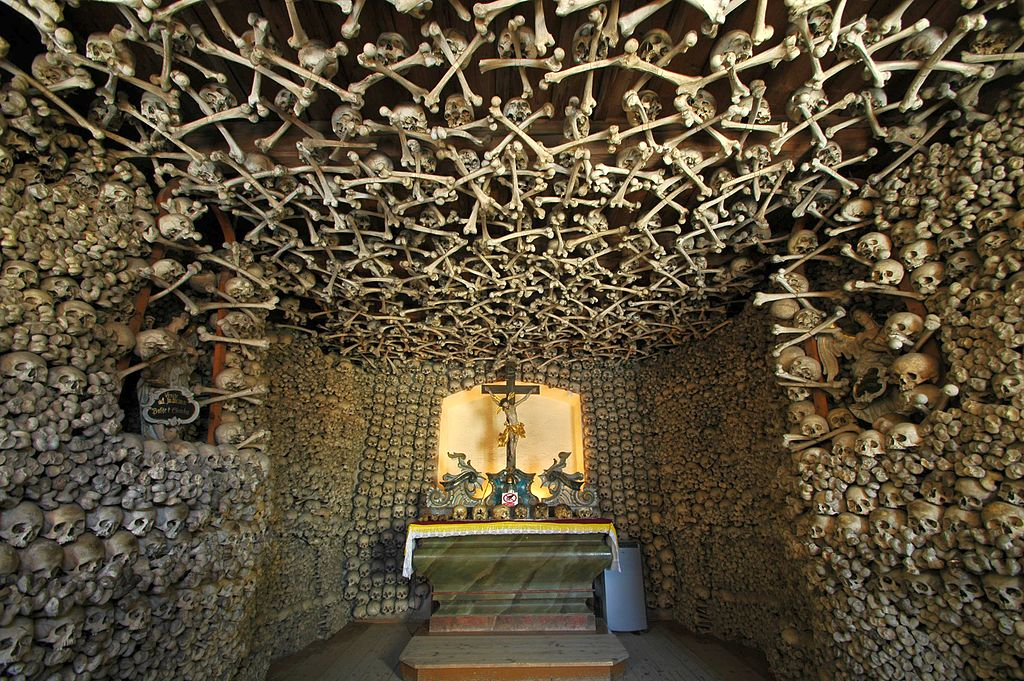
Skull Chapel or St. Bartholomew’s Church is a mass grave in Poland
The Skull Chapel (Polish: Kaplica Czaszek) or St. Bartholomew’s Church, is an ossuary chapel located in the Czermna district of Kudowa-Zdrój, Poland. Built in Baroque style in the last quarter of the 18th century, the temple serves as a mass grave with thousands of skulls and skeletal remains adorning its interior walls as well as floor, ceiling and foundations. The Skull Chapel is the only such monument in Poland,…
-
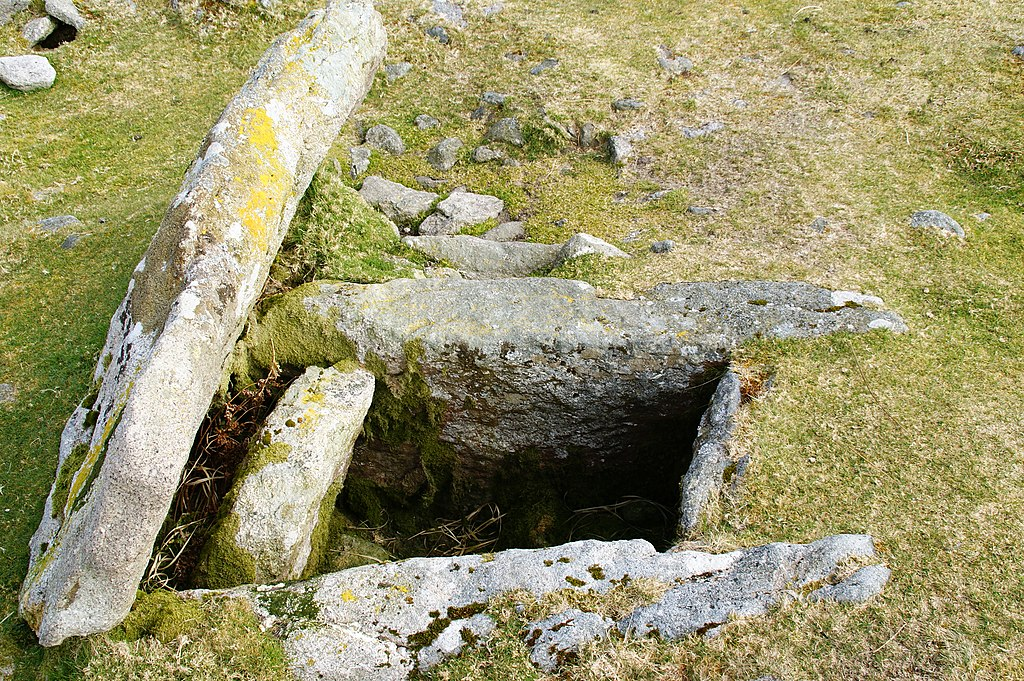
Kist or Cist and Kistivan
A kistvaen or cistvaen is a tomb or burial chamber formed from flat stone slabs in a box-like shape. If set completely underground, it may be covered by a tumulus. The word is derived from the Welsh cist (chest) and maen (stone). The term originated in relation to Celtic structures, typically pre-Christian, but in antiquarian scholarship of the 19th and early 20th centuries it was sometimes applied to similar structures outside the Celtic world. One…
-
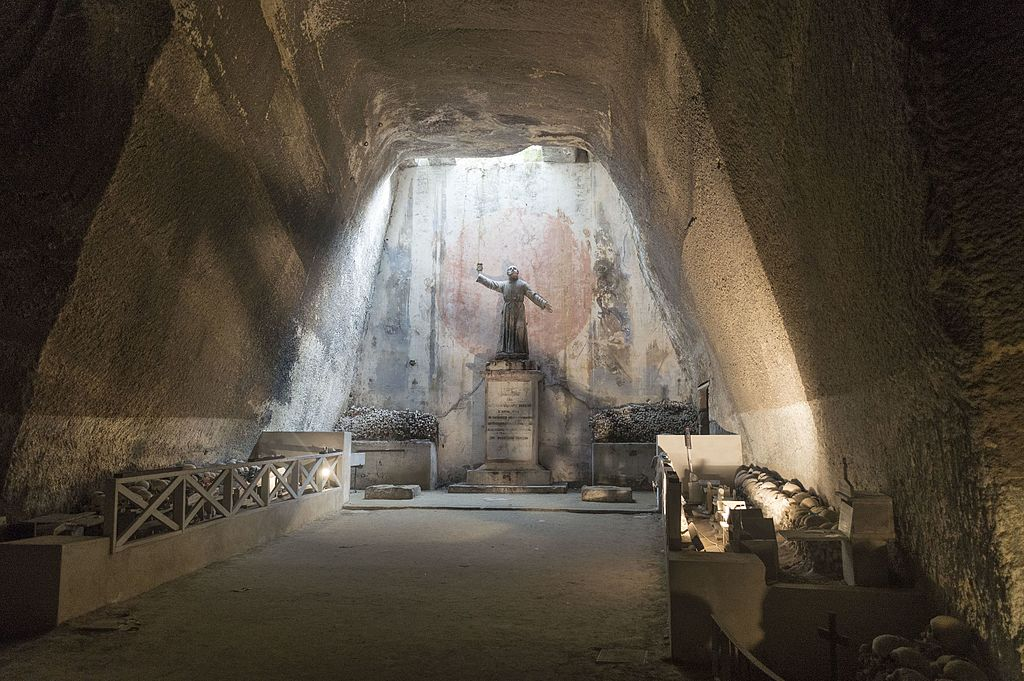
Fontanelle cemetery in Naples
The Fontanelle cemetery in Naples is a charnel house, an ossuary, located in a cave in the tuff hillside in the Materdei section of the city. It is associated with a chapter in the folklore of the city. By the time the Spanish moved into the city in the early 16th century, there was already concern over where to locate cemeteries, and moves…
-
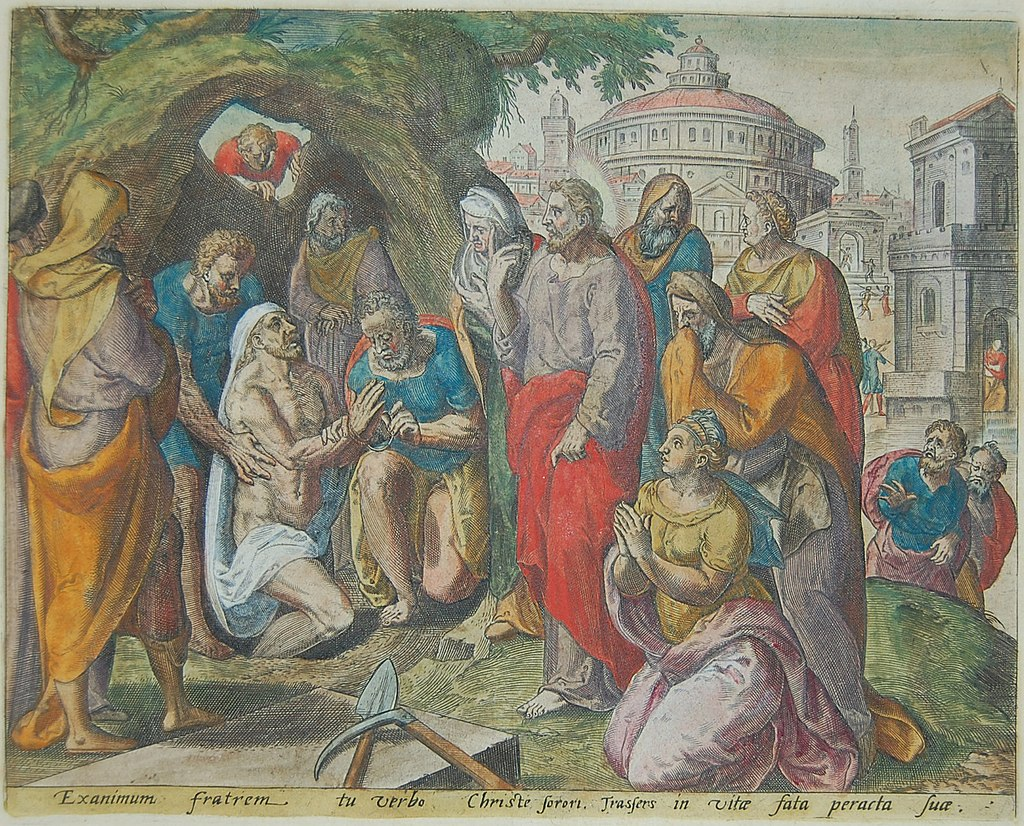
Lazarus of Bethany aka Righteous Lazarus, the Four-Days Dead
Lazarus of Bethany (Latinised from Lazar, ultimately from Hebrew Eleazar, “God helped”), also venerated as Righteous Lazarus, the Four-Days Dead in the Eastern Orthodox Church, is the subject of a sign of Jesus in the Gospel of John, in which Jesus restores him to life four days after his death. The Eastern Orthodox and Catholic traditions offer varying accounts of the later events of his life. In the context of…
-
medical police
Medical police, originating in 18th century Europe, particularly Germany, was a far-reaching concept that blended public health, social control, and governance. It wasn’t just about controlling venereal diseases or regulating prostitution—it was an ambitious attempt to manage nearly every aspect of public life that could impact health and social order. Picture this: It’s the 18th…
-

Erwin Gohrbandt, one of the first surgeons to perform sex reassignment surgery and vice president of the Berlin regional association of the German Red Cross
Erwin Gohrbandt (1890 – 1965) was a German surgeon and university teacher. He was one of the first surgeons to perform sex reassignment surgery. Gohrbandt served as vice president of the Berlin regional association of the German Red Cross. He was also a member of the German Olympic Society. In 1950-51 he was chairman of the Berlin Surgical Society.…
-

Umbelliferone
Umbelliferone, also known as 7-hydroxycoumarin, hydrangine, skimmetine, and beta-umbelliferone, is a natural product of the coumarin family. It absorbs ultraviolet light strongly at several wavelengths. There are some indications that this chemical is antimutagenic, it is used in sunscreens. Umbelliferone has been reported to have antioxidant properties. It is a yellowish-white crystalline solid that has a slight solubility in hot water, but high solubility in ethanol. Natural occurrences…
-

Bārûtu, the “art of the diviner”
The Bārûtu, the “art of the diviner,” is a monumental ancient Mesopotamian compendium of the science of extispicy or sacrificial omens stretching over around a hundred cuneiform tablets which was assembled in the Neo-Assyrian/Babylonian period based upon earlier recensions. At the Assyrian court, the term extended to encompass sacrificial prayers and rituals, commentaries and organ models. The ikribu was the name of collections of incantations to accompany the extispicy.…
Recent Posts
- 🧬 Disease Table with Low Sodium Connection
- 🧂 Sodium Reduction and Sodium Replacement: A History of Reformulation and Exploding Diseases, Including Many Diseases Unheard of Before Deadly Sodium Policies
- 🧂 The DEADLY 1500 mg Sodium Recommendation predates the WHO’s formal global sodium reduction push by nearly a decade (and it’s even worse than that)
- 🧬 What Is Beta-Glucuronidase?
- When Sugar Was Salt: Crystalline Confusion and the Covenant of Sweetness
Tags
ADAM ASPARTAME Birds Blood Bones Brain Bugs Cancer Columba Cows crystallography Death Death cults Eggs Etymology Gastrin Gold Growth hormone History Hormones Insulin Liver Mere Perplexity Metal Monkey Business Mythology Paracetamol Plants Poison Pregnancy Protein Religion Reproduction Rocks Salt Slavery Snakes Sodium the birds and the bees Thiocyanate Tobacco Tylenol Underworld Venom zinc
